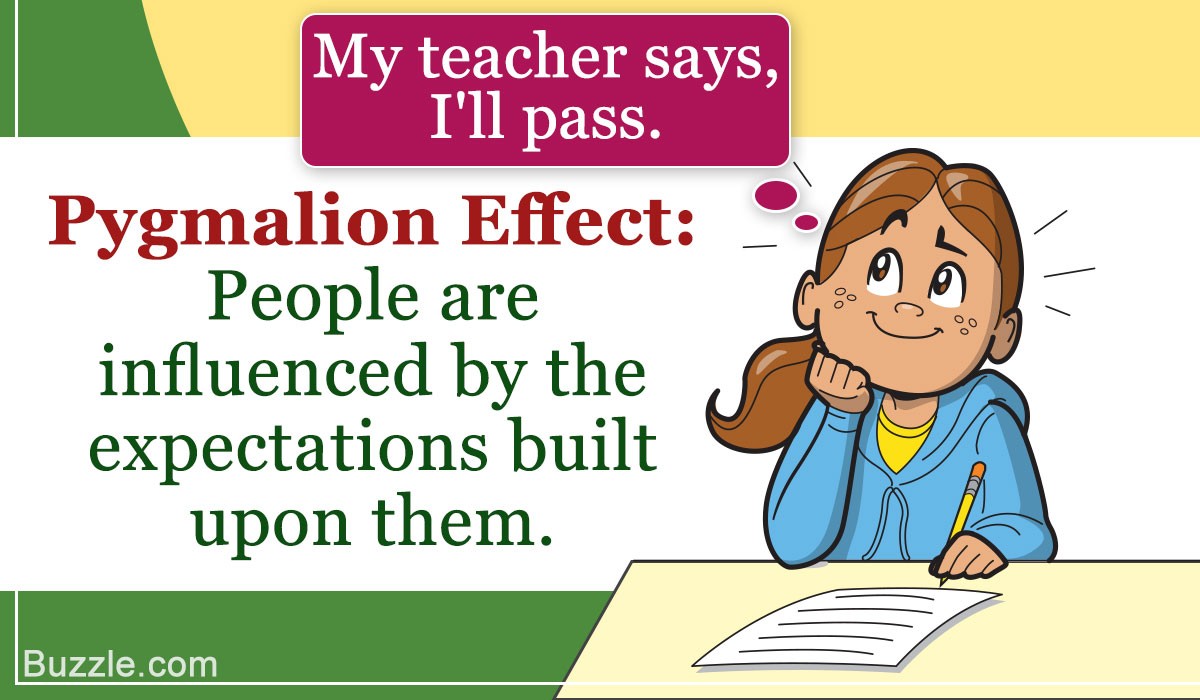
A blend of nondirective and appreciative facilitation styles
Nondirective and Appreciative Facilitation Style.
I love to create opportunities that allow participants to determine which way to go. Although this style is not always comfortable or appropriate, it can be effective because I believe that the students can find their own solution to a problem and find that solution rewarding since they own it.
I will get better photographs next time!
Appreciative facilitation emphasizes what works well and concentrates on success and achievement. I Identify moments, when the group or an individual is working at its best, and then emphasize desired behaviours. Sometimes asking what is going well focuses attention on what is working rather than what is not working. This style is based on research related to the Pygmalion effect: The students become what the teacher believes them to be.
If the 'Pygmalion effect', is the phenomenon whereby higher expectations lead to an increase in performance. What about 'praise' being the stimulant? Praise absolutely can be the stimulant for the behavioural changes observed from the Pygmalion Effect!
All I have described above should never take the place of the Galatea effect. The Galatea effect is a phenomenon where people's own opinions about their ability and self-worth influence their performance. The Galatea effect is self-driven. It is that part of one's motivation that depends on self-expectations and self-worth. Nothing beats that to me!!
Debriefing can occur during or after a training experience. The facilitator asks the group to reflect on their experience and to identify points of learning. Levels of questions are used to extract different information from the group. Facilitators must be clear about what types of information they want and the group's ability to respond.
There exist many ways to debrief a learning experience. Journaling, photography, and surveys to mention a few techniques. Getting thoughtful responses from participants is the key element. Remember to measure selected criteria in your programs at the beginning and end of the program so you are certain you have hit your objectives and can report impact with the measured outputs and outcomes.
See a simple video that illustrates this below:
Practice this at home with your spouse and kids if you have a family.
Thank me later.
Cheers!





HR Professional | Business Operations | Process management | HR & Data Analytics
2yThis was interesting to read Damilola Obidairo. The pygmalion effect rides on the fundamental principles of focus: What you focus on is what you become. If you keep repeating people's failures to them, they will find it difficult to behave otherwise. But the Galatea effect balances it out in the sense that no matter how much you tell people how great they are performing, if they are not self-motivated enough to maintain or improve that level of performance, then the teacher's expectation will not be met.
Marketing | Technology | Brand, Growth, Product & Digital Marketing | Google Crowdsource Influencer
2yThis was insightful to read. The Galatea effect sounds great! Appreciative facilitation should be explored by everyone - looks really helpful in outlining success, achievement and growth.
Venture Builder, Talent Dev't, Enterprise Support Expert, Guitarist, Gardner, Cyclist, + ... 🚀 🚀 🚀
2yLook forward to reading insightful comments per the subject matter.